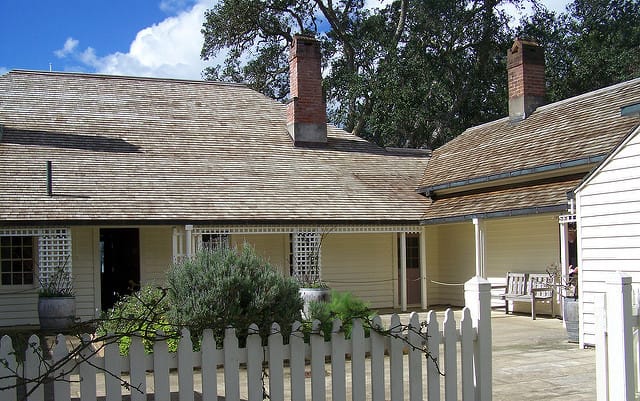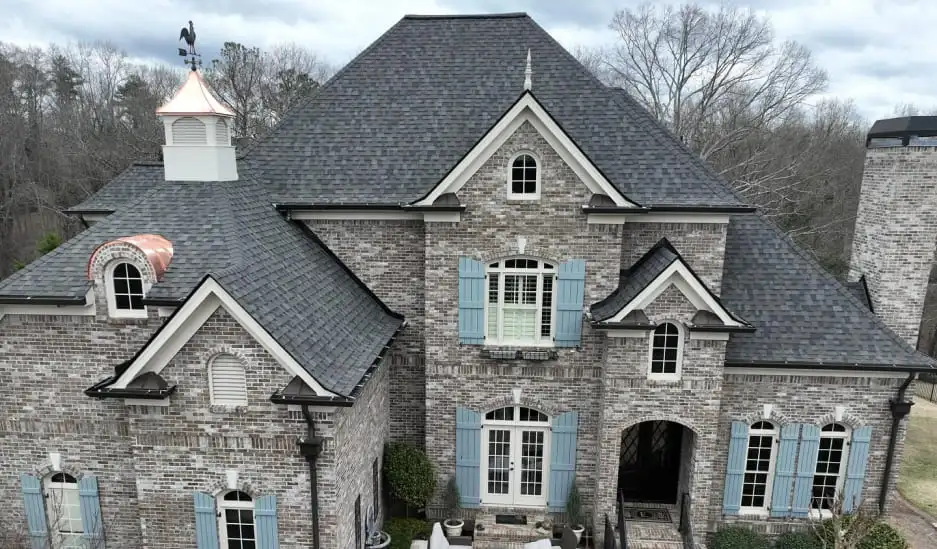
Of course you want your new roof to last as long as it can—but what can you do as a homeowner to make sure your roof looks great and lasts for decades? A lot, actually! Take a look at some of these maintenance and preservation techniques. They’ll help keep your roof looking as good as new for a long, long time.
Note: It’s important to keep the type of roofing materials your roof consists of in mind when considering these methods. Slate, shingles, and wood shakes, for example, are all very different materials and require different types of care. Ask your roofer for more information!
Sealants and Coatings
Your new roof should be freshly sealed and ready to stand up against the elements. However, sealants fade faster than other parts of your roof— which means they need to be reapplied every several years or so. This applies primarily to metal rooftops. This also applies to stone rooftops with materials like slate as those rooftops should be resealed to help prevent problems with staining, leaks, and various types of damage.
Cleaning
Though it may not be noticeable, your roof collects dirt and dust over the years. This distorts its color and can encourage moss and other problems. A simple roof cleaning every year or two will keep your roof looking great. For shingled rooftops, this can sometimes be a DIY project. However, since walking on a roof without experience is extremely dangerous, we suggest hiring a professional with the right knowledge and tools. This is doubly true if your roof is made of different materials (i.e. if you have something like a cedar shake rooftop) as these need to be cleaned very carefully to prevent damage.
After Storms
After a bad rainstorm, windstorm or snowstorm in your area, take a look at your roof. Perhaps even climb up (or have a professional climb up) to make sure you can see all the valleys. Look for debris and any signs of damage like missing shingles. It’s important to clean and repair your roof as soon as possible to prevent further damage from developing!
Gutter Care
Your gutters play an important role when it comes to your roof’s health. Install gutters along the edges of your rooftop. Make sure you clear them out, preferably twice a year depending on how much debris they collect. Full gutters will cause water to back up. This will soak the edge of your roof, and lead to problems with flashing decay and leaks.
Signs of Wear
It’s hard to imagine your roof wearing down, but eventually it will happen. Look for signs like flaking shake, spotted tiles, and worn shingles that are missing granules. These things mean it’s time to replace that particular part of your roof before developing leaks cause even more damage.



